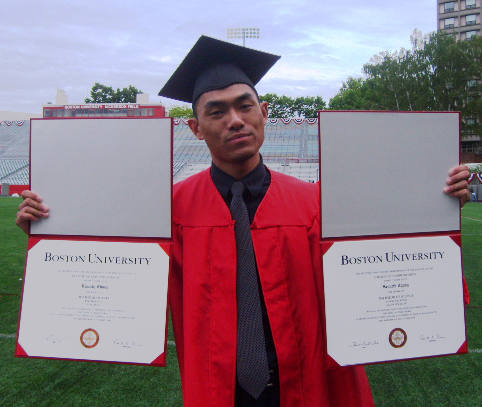Source: M.T.A. Sells Naming Rights to Subway Station
The MTA has finally been able to sell the naming rights to one of their subway stations. Atlantic Ave/Pacific Street (which is the connecting station for various trains and the LIRR) will be named after Barclays bank. The logic behind this change is that the new Brooklyn Nets stadium (set to open in 2012) will be called Barclays Center.
So is this a good thing or a bad thing?
Well, let’s look at the facts.
The MTA has been in severe debt for many years now, and stories about budget deficits and cut service have been much too commonplace. If this $4 million deal will keep Metrocard prices steady (at least for another year or two), then there’s really no reason not to do it.
People may complain that the rebranding process dishonors pieces of Brooklyn history, but it’s just the subway station. Atlantic Ave/Pacific St is sure to become a historic landmark… when hovercars and public transit powered by positive thoughts become the norm. But for now, the subway system is going to remain as busy as ever. It’s not like they’re auctioning off the naming rights to historic streets.
And consider this. The area in question on Flatbush Ave is being completely restructured to become a downtown metropolis. They’ve already torn down old houses so that high-rise condos can be built. They’re going to be building a basketball stadium! Besides the obvious issues surrounding the gentrification of the area, how is any of that any less disrespectful to history? The bottom line is money. Why else would New York even bring the Nets over from New Jersey? Maybe they couldn’t find any companies who wanted to buy the branding rights of the New York Knicks.
Speaking as both a native of Brooklyn and an Advertising scholar, I say you gotta roll with the times.


